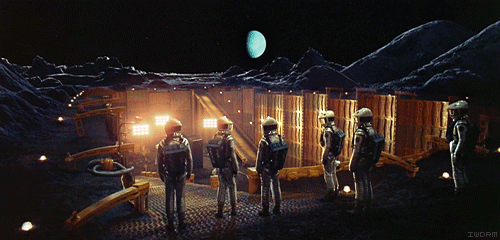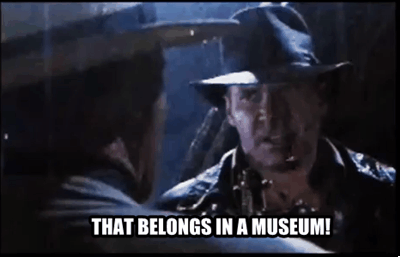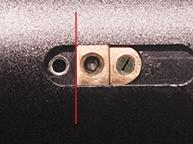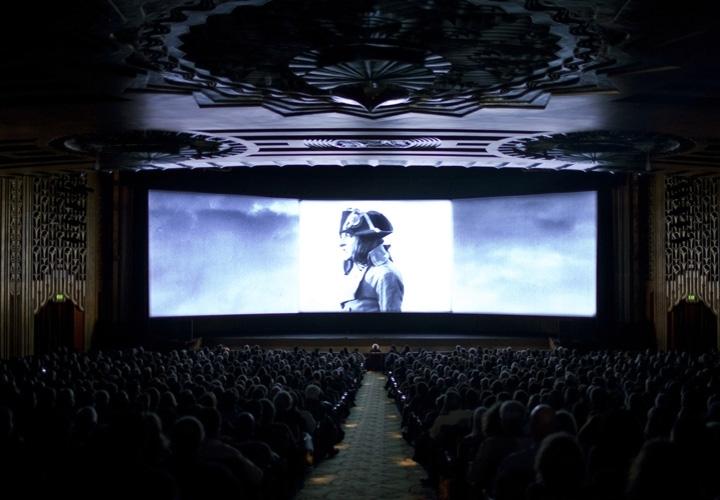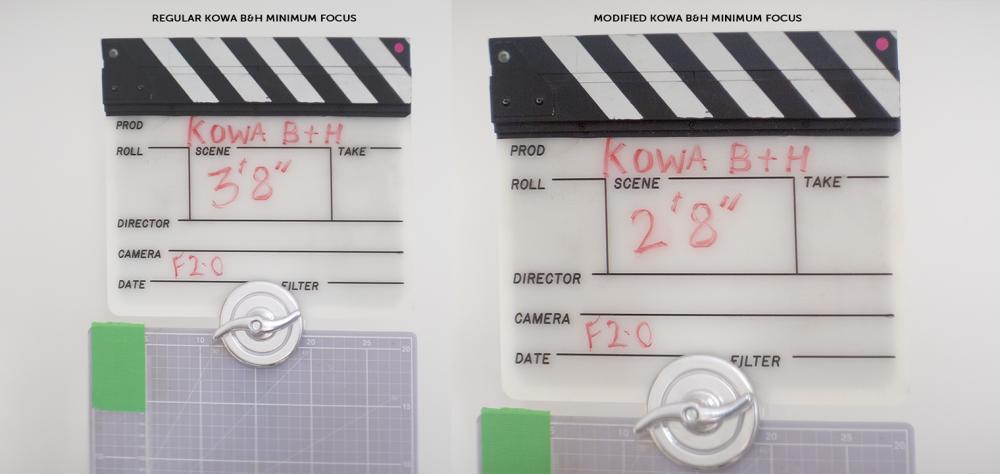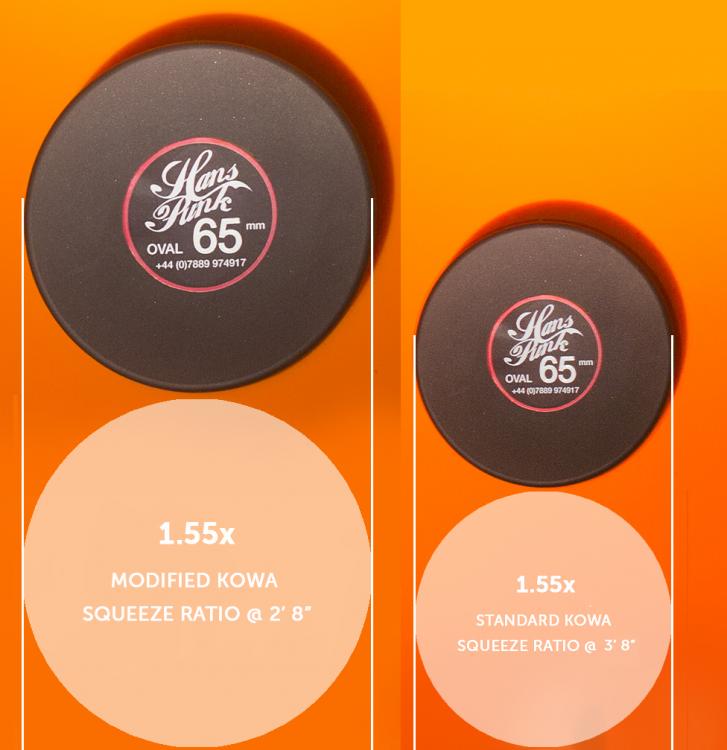-
Posts
632 -
Joined
-
Last visited
Content Type
Profiles
Forums
Articles
Everything posted by Hans Punk
-
It does, many thanks mate! Yes, flares are very long in the tooth these days, unless as a result of genuine lighting conditions - rather than hunting all the time for them. It's all about the bokeh and highlight rolloff quality methinks. Was curious as to 100 mm's flare - as it seems like an ideal taking lens, but was half expecting it to have an ugly or distracting flare characteristic when coupled with morphic...glad to hear it works well. Cheers!
-
"Seen these - but what exactly are these cheap chinese helicoid things? I guess to mount the lens, because the Diaplan is a projector lens indeed". Helicoid is the focusing ring and supplies a rear mount to adapt to camera. I've converted many projector lenses this way, cheap way to achieve results similar or identical with projector lenses vs the much more expensive photographic versions. 99% of the time the projector lenses have no aperture, but if it's all about the bokeh and shallow DOF...it is not always a downside. Helios 40-2 is a great lens, but if you wanted soap bubble bokeh as close as possible to your example image, The Meyer Diaplan 100mm f/2.8 or Pentacon AV 100mm f/2.8 projector lens would probably be as close as you would get - sub 100 quid. If aperture-less lenses don't scare you too much, a 'cheaper' alternative to the Helios 40-2 is the Cyclop H3T-1 version. Was made to fit soviet night intensifier scopes. I have one remounted to an M65 Helicoid and it is one of my favourite lenses by far. Crazy bokeh with oval aperture installed to give faux anamorphic look, fixed oval aperture shape effectively stops the lens down slightly on horizontal axis to improve sharpness and eliminate colour fringing that is present wide open on this model, and the regular Helios 40-2. Oh man, I'm currently on the lookout for Orestor 100mm f2.8 (15 blade zebra version) - can you recommend it as good taking lens for morphic? What the flares/ coating like...decent for complimenting iscomorphot/Kowa B&H golden flare? Already own the 135mm, which is lovely, but a bit too long for morphic rigging sometimes.
-
Grab something like this, and insert it into a cheap chinese helicoid from ebay (for focusing). It won't have an aperture, but if it's simply the bubble bokeh you are looking for, then it should not matter that it is fixed wide open: http://www.ebay.com/itm/DIAPLAN-2-8-100-low-budget-Trioplan-Meyer-Optik-Goerlitz-2-8-Pentacon-/301804166372?hash=item4644ee1ce4:g:UXIAAOSwEgVWTzM6
-
Depending on what you want to shoot, 120fps is a good speed for human action speeds (running, jumping etc). A newer model iPhone can shoot 120fps burst and is often useful to use as a viewfinder for judging high frame rate speeds for other cameras. (Or at a pinch, be used for the actual shot). But if you are talking about crash test type shots, 120fps is often not always slow enough...500-1000fps + is more common to catch the frenetic split-second details of things smashing, cracking, exploding etc. araucaria is right about shutter speed, if you can't reach your ideal frame rate - you can dial up the shutter speed to get each frame as crisp as possible (reduce motion blur) and use Twixtor or similar plugin in post to do a post retime to slow the footage down further. This can work well for some shots, not others - as the artefacts induced by interpolation of frames can cause ugly results if pushed too far. In general though, good results can be obtained if no/low motion blur is in your footage. here is a visual overview vid on frame rate speed results on a flex: http://youtu.be/tcQ37OfknJA
-
Resolve is pretty much the daddy for the heavy lifting of raw, now it is a much more capable editor too. Also I highly recommend Assimilate Scratch Play - for reviewing MLV/raw rushes in real time, it's a great way to minimize transcodes, as you can quickly flag the takes that you want to discard rather than send a card load of files to batch convert: http://www.assimilateinc.com/products/scratch-play/
-
I'm totally sold on the music box cylinder idea.
-
It is true that digital files can be copied/stored and archived with greater speed and lower cost than analogue tape or camera negative, but ultimately any hard drive is prone to either mechanical failure or corruption of data, solid state or otherwise. Analogue storage via LTO tape by banks and film companies are still a preferred method for archival digital data, being analogue tape-based it is virtually immune to the volatile nature of any digital storage. Camera negative or film print (properly stored) can preserve for 100 + years, I don't know of any digital drive that can promise that.
-
As much as I miss shooting 35 on my beloved Arri, what people tend to conveniently forget is the horrific ecological impact that film stock manufacture/development has. Having previously worked at Kodak processing plant I can remember it was pretty disgusting to see how much waste and pollution was caused by photochemical processing. Quality of 35mm film is still very relevant, and film format is still the gold standard but unless processing/transfer/print costs can be swallowed by production - shooting film has now become well out of reach to the average lower budget or indie production, when compared to digital media costs. sadly it has become economically unviable for the 'little guy' on his own who wants to shoot indie features on 35mm film. Of course it CAN be done, but sadly - these days you need a damn good reason (in most cases) to justify shooting film over digital to a producer. Strangely, people seem to get nervous around 100+ year technology of analogue capture and the different costs that can be incurred over digital capture. The reality of course is that film is still the most reliable form of archival format. It's not always a huge difference in shooting cost when for short form or commercial projects - but if wanting to shoot 35mm features, generally it is well out of reach for many projects to justify costs and over digital to budget. (I consider film formats sub 35mm as more aesthetic choices these days, not technical rivals to digital) Does not make me happy one bit to say, but film has started to become an elitist format (as it kind of should be). The Cost implications in shooting anything higher than S16 for any project of long form length has become very expensive when compared to digital. Ultimately budget often dictates format, regardless of the quality benefits of shooting larger gauge film over digital.
-
Stock and cameras can sure be acquired these days at absolute bargain prices...but processing and Telecine? Would be very interested to know if you have found a source of affordable process and transfer rates for students (or general indie projects). Those costs seem to be the unavoidable sting that prevent many from shooting film over digital these days (sadly). Would be interested in knowing if any financially viable solutions anymore for students...or any indie filmmaker. It used to be possible to get bestlight transfers for a reasonable rate, but now with the decline of labs and facilities I'd shudder to think how much a wetgate to 10bit transfer of 5000 ft would cost these days, compared with shooting digital media.
-
Sounds like it is a shutter speed issue. Depending on where you are in the world and what the Hz frequency are for the lighting fixtures, it is common to experience flicker/strobing when reviewing footage. It is often solved by dropping shutter speed down to a lower value than the Hz frequency. I.e 1/30 shutter speed for 50Hz countries for example. Flicker/strobing not always visible in live view, so often it's good to record a clip, then review playback to decide best shutter speed. If shooting 50 or 60fps you may find the minimum shutter speed is locked to a value that will not eliminate flicker, in that case it sometimes can work if you increase the shutter speed, but then you will likely experience 'phasing' - where the refresh/Hz of the light frequency 'catches up' in sync to your shutter speed, creating an ugly band of moving light. Best advice is to shoot lower shutter speed when possible for regular frame rate, for high speed - it's often a good idea to record a clip at various shutter speeds and then playback to decipher best compromise of speed to minimise banding/phasing.
-
The only possible benefit from permanently removing mirror and box from Full frame canon dslr to accommodate speedbooster optics would be when shooting crop mode with Magic Lantern Raw. Then the heavy crop mode would be optically reduced to around s35 (or slightly under) but will allow higher resolutions to be recorded (for short periods). The optics would have to be professionally installed and would effectively restrict the camera to ML crop mode only.
-
If there is no budget for dressing that space I'd beg, borrow or steal whatever lights you can get hold of. If you can rig lights behind that big window, that would instantly make a lovely backlight or diffused key. If shooting with a camera that performs well in low light, you could kill all light in the room and fire a video projector from outside that window - projecting some ambient or dynamic light effects through that window. That with a combination of some led soft light for performers could look interesting. If you can get hold of a decent tungsten fresnel or other powerful lamp, you could pan and move the light source from outside that window whilst the room is filled with smoke or haze. That would add some dynamic looks/ moving shadows to that room that could be cool if it suits the music style. If zero lights are available, and that window allows sunlight in (and you are filming in daylight) you could use it as a natural soft light source - tape up the window with trace paper to diffuse the light (if needed) and go with natural light and the white walls should allow bounce to occur naturally. Black drapes could be employed for negative fill/ background or/and control light spill from window.
-
Nice work! Don't know if it is worth adding to Kowa B&H observation notes but since playing around with Kowa B&H and hearing other owners experience, it seems that the factory-set close focus distance from front optic to subject for the Kowa is actually 3 feet 8 inches (let's call it 4 feet to be conservative) This is due to the focus travel going beyond the 5 foot minimum marker on the lens being a common quirk of that particular lens from it's factory design.
-
Yep - normal
-
Yes - I totally agree. This modification shaves a foot off minimum focus distance, which is very nice but not earth shattering. Only worth doing if you can't afford a Tokina, and if your kowa is not a pristine copy and could do with a disassembly for fungus removal/ cleaning and re-lube anyway (like my example). I kind of don't want to encourage people to hack apart perfectly good lenses, unless the potential gain is worth the potential loss. These lenses in particular are beautiful and should be preserved as is. Fortunately I'm keeping my other Kowa B&H pristine (in its bag/box/caps) - I paid 60 quid for last year Yes - It's normal for a Kowa B&H to go off the min focus scale...to around what would be the 4 foot mark. (i measured my 'factory' Kowa to be 3' 8" minimum focus distance) -The shortening of the brass tabs allow that 'retraction' travel to increase slightly to give 2' 8" minimum focus distance. Add a Tokina +0.4 into that mix and min focus is exactly 2 feet.
-
You can make a clean cut by carefully cutting with a metal handsaw/ hacksaw, or like I did...use some needle nose pliers and snap it off! Then used a file to clean up the edge that was sheared off. Remember that when re-assembling the body, the numbered focus marks will no longer be accurate - as you would have offset that scale by allowing slightly more travel to the helicoid. But since these lenses are dual focus anyway - that is not a great loss, since focusing is mostly achieved by eyeballing the image.
-
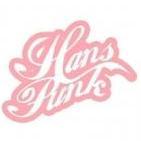
Shane Meadows using BMCC on This is England '90 (Channel 4, UK)
Hans Punk replied to Andrew - EOSHD's topic in Cameras
D.I.T Hell -
You can get away with 58 - 65mm on Kowa B&H in FF when shooting ML raw 4:3 mode on Canon DSLR. Ken is right about sharpness terms - the Schneider ES and Isco MC types are generally sharper than Kowa, but at the cost (to some) of a nicer vintage look. The multi-coating of the later anamorphic projection lenses such as these increases contrast and are less sensitive to flare. Kowa has the edge on FF (IMHO) - as it has a more cinematic 'look'. It can go a bit wider on taking lens before vignette, Schneider ES cinelux and similar require 85mm + to be vignette free due to body length of lens.
-
Andrew's guide is a great starting point too: http://www.eoshd.com/anamorphic-guide/
-
-
-
All Anamorphic squeeze ratios are the measurement of image compression at infinity. The closer an object is in focus, the less the compression will appear at that object of focus. When people sometimes say 'my 2x is more like a 1.75x or my 1.75x is more like a 1.5x' - they are mostly noticing that at medium/close compositions, most lenses do not resolve the full compression value on that plane...because infinity is not usually the focal plane (unless shooting landscapes). Above picture was to demonstrate that the difference in modifying the lens results in no perceivable drop in squeeze ratio from the 'standard' Kowa optics. You can easily see the apparent squeeze value change throughout focal range in the video below (the breathing effect). Most modern cinema anamorphics have minimal breathing artefacts as a purpose refinement, therefore more consistent FOV and compression values throughout focus range, but what we are primarily talking about projection anamorphics that are usually trying to handle weird and wonderful taking lenses and imaging areas that were never intended for their design, so a variation in apparent squeeze ratio at varying distances is inevitable on a few of these 2x lens types.
-
-
Here is a quick example shot to help explain how much minimum focus can be squeezed from just shortening the brass tabs. Seems like I underestimated the normal minimum focus distance of regular Kowa B&H. Modification basically allows a foot closer to be obtained (not a massive amount but the visual jump is impressive). Modded min focus is 2 feet 8 inches which is around the close focus distance that a Tokina +0.4 will give you on an unmodified Kowa. But the cool thing is that if you add Tokina on the modified Kowa, you get exactly 2 feet minimum focus (from front optic).

